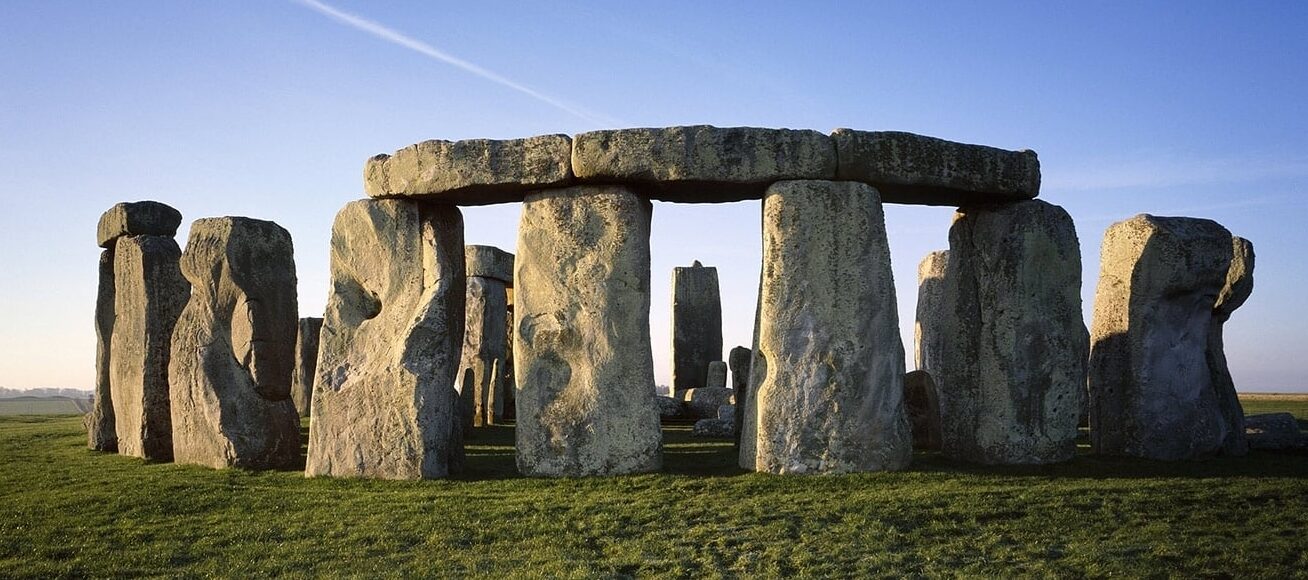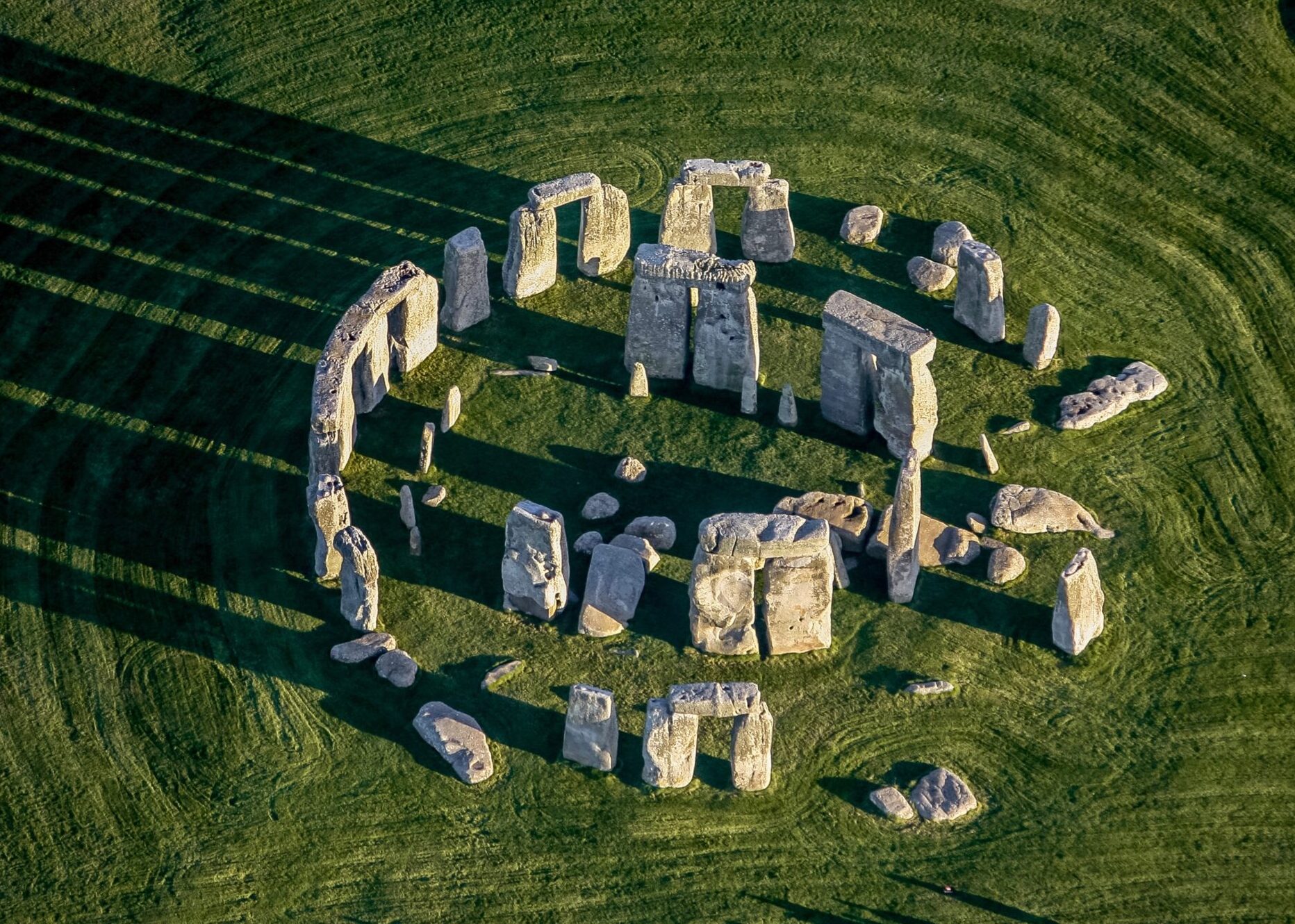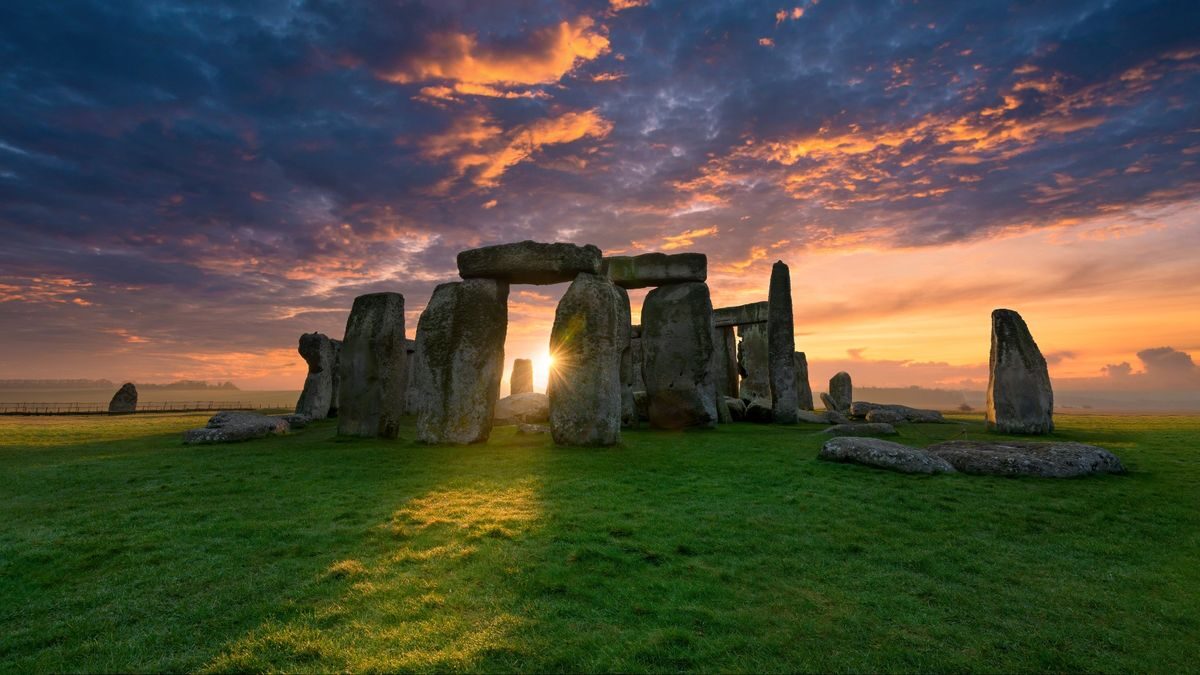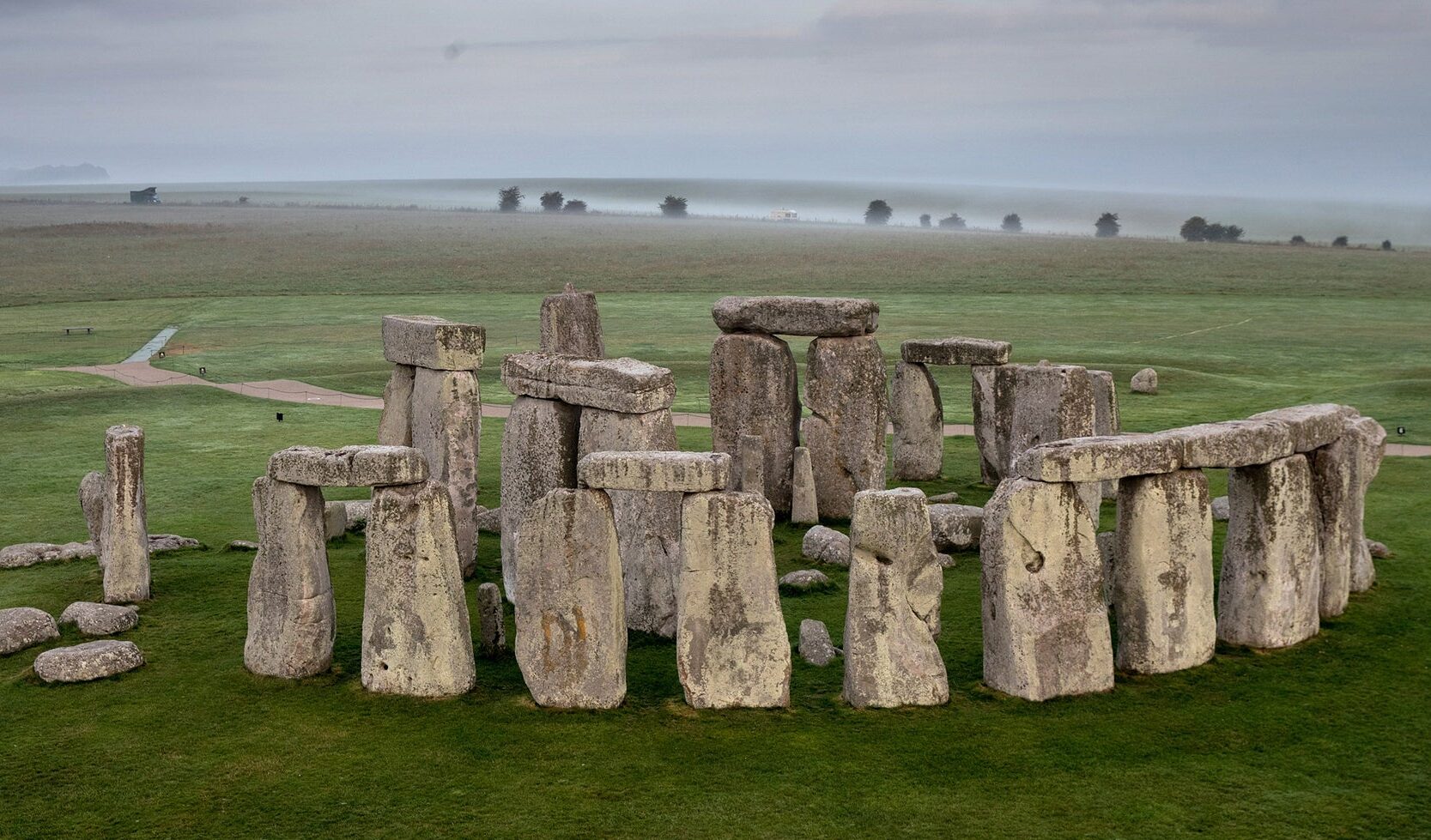Stonehenge is located on the Salisbury Plain in Wiltshire, England. This ancient landmark, made up of enormous standing stones placed in a circle, never fails to enthrall tourists from all over the world. We explore the architectural wonders, historical relevance, and mysteries surrounding this famous site in our travel blog.
Historical Significance
Stonehenge is a magnificent time capsule from the Neolithic and Bronze Ages, estimated to have been built approximately 2500 BC. Based on archaeological evidence, it seems that the site changed throughout the centuries, undergoing many periods of development. Scholars assert that it served as a place for ritual and interment, with its alignment connected to astronomical occurrences, emphasizing the builders’ reliance on astronomy’s significance.
Architectural Marvels

The magnificent construction of Stonehenge is evidence of the ancient civilizations’ mastery of engineering. The builders painstakingly place massive sarsen stones, each weighing around 25 tonnes, in a circular arrangement to form the outer circle. These stones crown the recognizable trilithons. During that era’s technical limitations, people managed an incredible feat by carrying the smaller bluestones from the Preseli Hills in Wales to the inner horseshoe.
Alignment with Celestial Events
Stonehenge’s exact alignment with astronomical events is one of its most fascinating characteristics. The monument’s axis coincides with the solstices, indicating that the people who built it had a thorough understanding of astronomy. The sun creates a captivating display of light and shadow in the inner sanctuary when it rises precisely in line with the Heel Stone on the summer solstice. Discussions about Stonehenge’s purpose and ceremonies continue because of this heavenly link.
Transportation and Construction Challenges

Scholars still disagree about how the enormous stones were moved from far-off quarries to the Salisbury Plain. Engineers are confounded by the practicalities of attempting such a task with such old equipment, despite theories abounding from water-based techniques to sleds and rollers. Careful planning and organization, showcasing a collective effort, were necessary to build Stonehenge, not just physical strength alone.
Evolution of Interpretations
Throughout history, scholars and researchers have offered diverse explanations for Stonehenge. The monument’s function is still unknown, with legends ranging from prehistoric times linking it to giants or Merlin the magician to more recent beliefs about religious rites and burial customs. The growing knowledge of Stonehenge reflects the dynamic character of archaeological investigation, motivating further study and excavation.
Visitor Experience

Every year, many people flock to Stonehenge despite its mysterious atmosphere. Under the management of English Heritage, the location provides a rich experience with educational displays, guided tours, and a visitor center that explores the archaeological finds around the monument. From a designated route, visitors may admire the stones, protecting the integrity of the site and providing an interesting educational experience.
Preservation Efforts
There are special difficulties in preserving Stonehenge for future generations. To maintain the delicate balance between conservation and public accessibility, we need to make efforts to reduce environmental effects continuously. The authorities protect the monument’s structure and encourage sustainable tourism by limiting access and tracking visitors.
Conclusion
The mystery surrounding Stonehenge‘s beginnings adds to its everlasting appeal in addition to its enormous stones and astronomical alignments. This enduring ancient monument prompts visitors to contemplate human achievements and the mysteries it holds.











